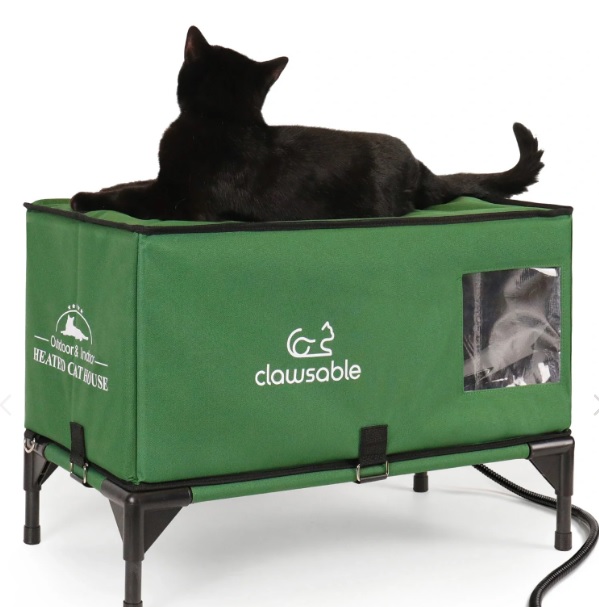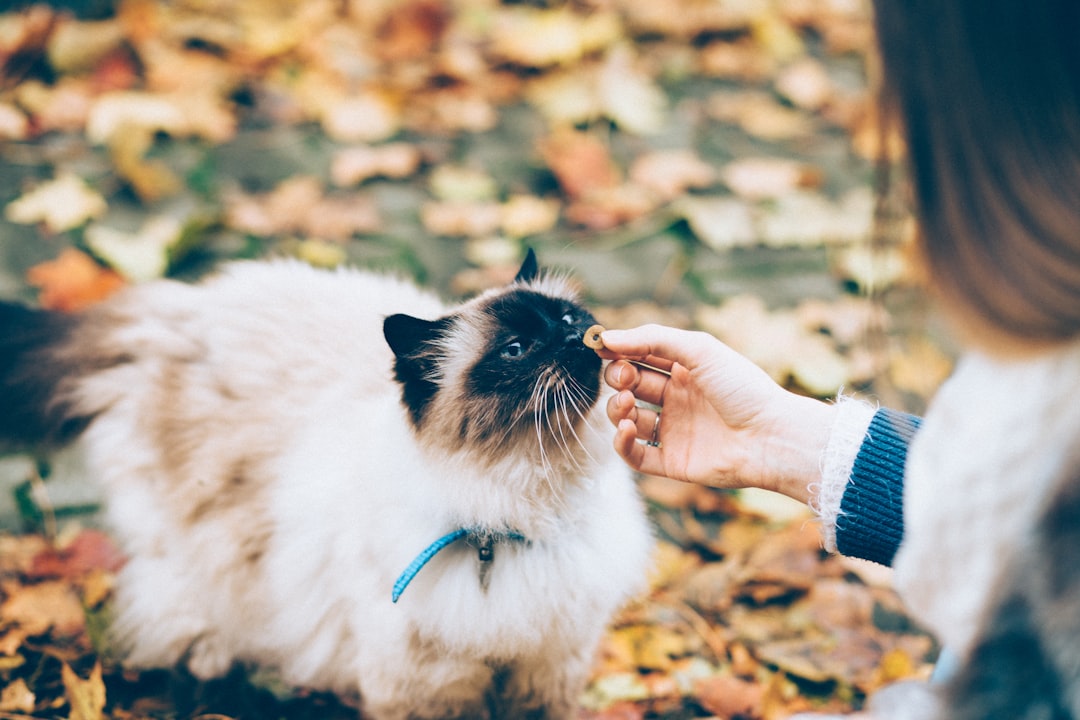If your cat won’t stop meowing, it might just be auditioning for a solo at the neighborhood talent show. But on a serious note, every chirp, yowl, and incessant meow serves a purpose! Cats are not just fluffy overlords—they’re master communicators. Whether they’re trying to tell you they’re hungry, bored, or simply craving your attention, deciphering their feline dialect is key to maintaining harmony in your household. Get ready to uncover the reasons behind this vocal enthusiasm and discover some clever remedies to quiet the chatter!
Understanding Cat Communication
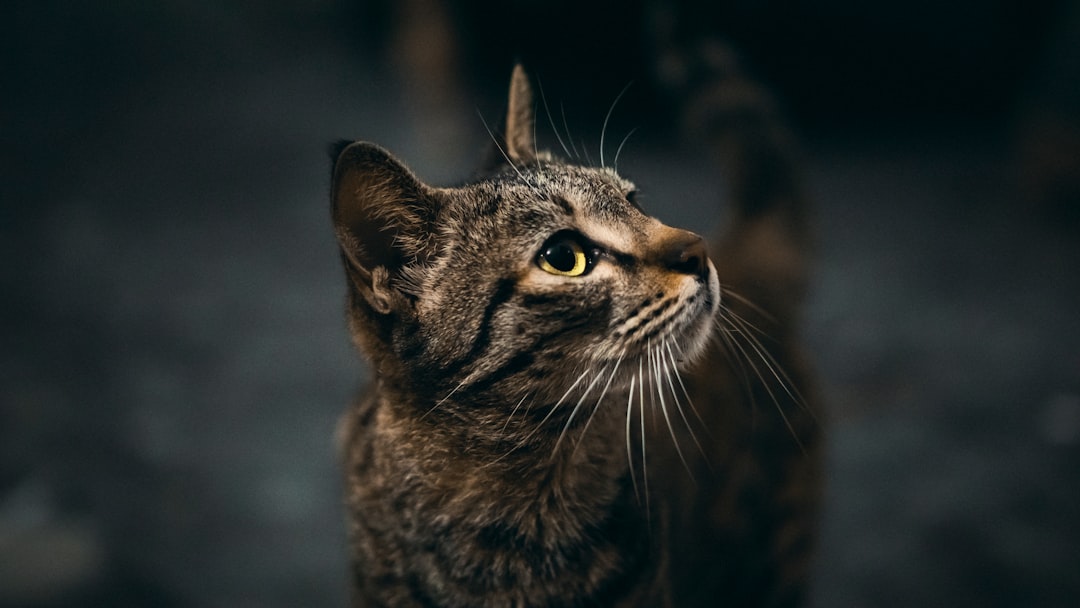
Ah, the enigmatic world of cat communication! If your cat won’t stop meowing, it’s not just a random symphony – it’s a well-orchestrated performance. Understanding this vocalization is key to deciphering your feline friend’s needs.
Cats meow for a variety of reasons, so let’s break it down:
- Attention Seekers: Cats often meow to grab your attention, be it a gentle reminder for a cuddle or a demand for playtime.
- Expressing Needs: When your cat won’t stop meowing, they might simply be hungry, thirsty, or in search of a clean litter box.
- Health Concerns: Excessive vocalization can indicate discomfort or health issues, so keep an ear out for changes.
- Territorial Marking: Sometimes, your kitty is just asserting their dominance in the household!
By becoming fluent in “Cat Meows,” you can start responding to your furry companion’s calls and perhaps even reduce that pesky meowing. After all, a happy cat means a happy home!
The Importance of Vocalization in Cats
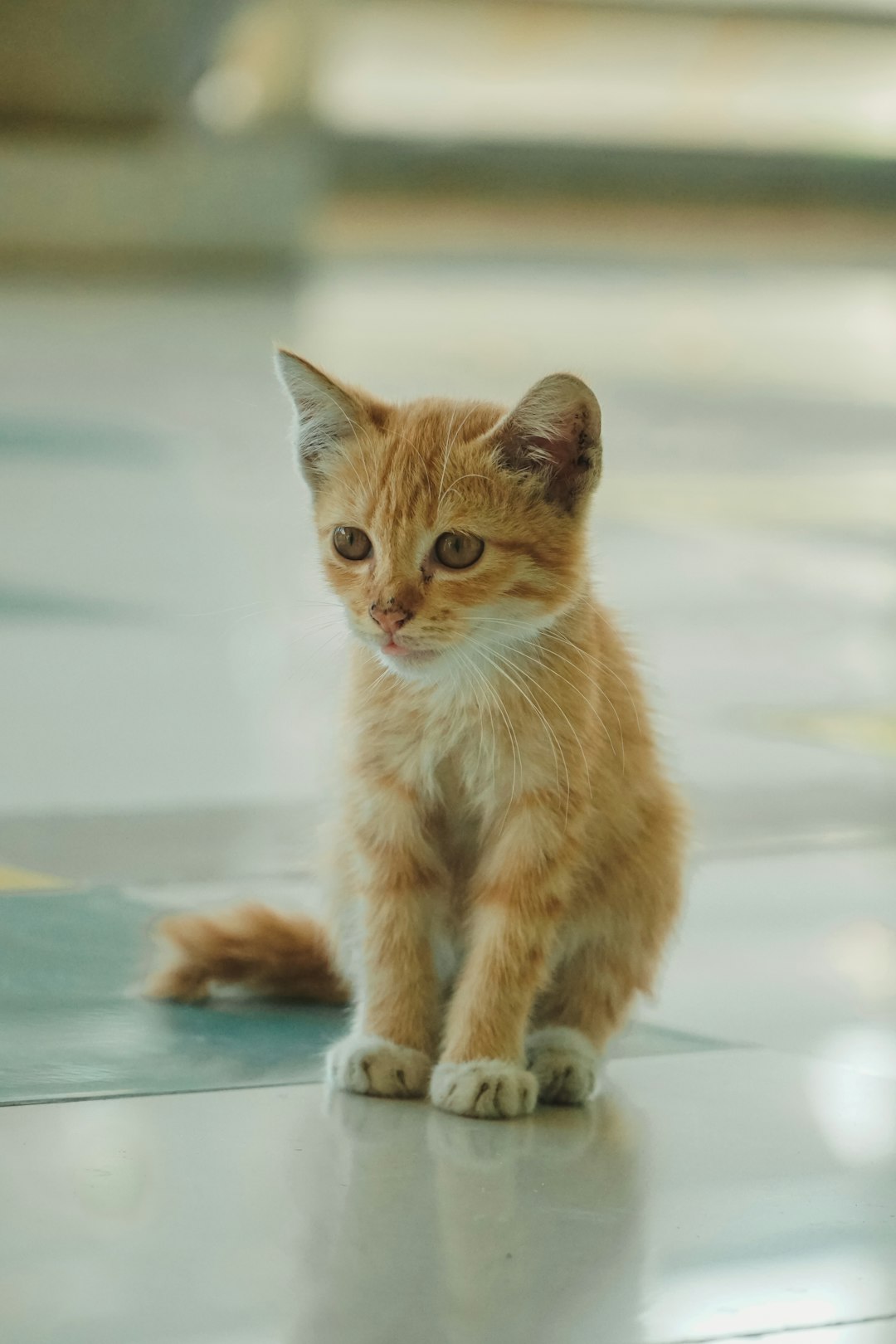
So, why does your cat won’t stop meowing? It’s all about communication! Cats are quite chatty creatures, and vocalizations play a critical role in their interactions with humans and other animals. Here’s why your feline friend expresses themselves so vocally:
- Expressing Needs: Cats often meow to let us know when they’re hungry, thirsty, or craving attention. For instance:
- Hunger: That meow before dinner? It’s their version of a dinner bell!
- Thirst: If your cat’s saying “meow meow” a lot, perhaps it’s time for a refill.
- Social Interaction: Believe it or not, cats use their meows much like humans use language. They meow to grab your attention or simply to say hello!
- Environmental Changes: A new pet, a rearranged room, or even a change in routine can trigger more vocalizations as cats express their confusion or frustration.
Understanding that your cat won’t stop meowing is their way of engaging with you opens the door to a better bond. After all, who doesn’t love a good chat?
Common Reasons for Excessive Meowing
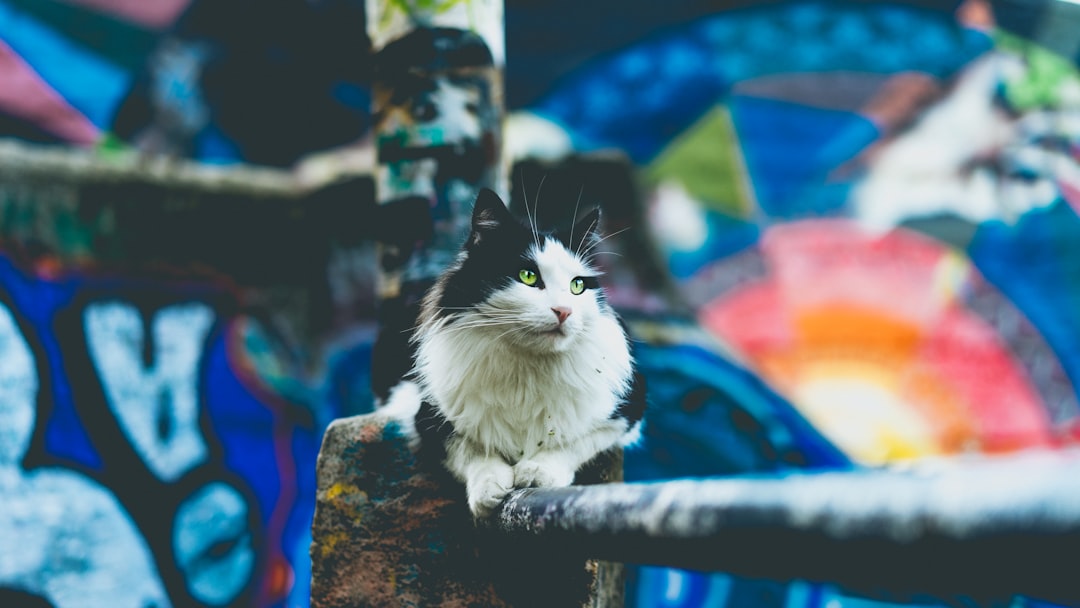
If your cat won’t stop meowing, it’s like they’ve enrolled in a feline drama class! But why the incessant chatter? Let’s unravel the mystery behind their vocal obsession:
- Hunger and Thirst: Cats often take up the role of a demanding chef. When the bowl is empty, expect a one-cat show of meowing. Ensure their food and water bowls are filled!
- Seeking Attention: Do you have a diva on your hands? Cats love interaction. They may meow when they want to cuddle, play, or simply enjoy your company.
- Stress and Anxiety: Just like people, cats can feel stressed out. Changes in their environment—like moving furniture or visitors—may trigger a vocal outburst.
- Health Issues: Remember, if your cat won’t stop meowing and their voice sounds different, this could indicate health problems. Always check with your vet!
- Age-Related Changes: Older cats sometimes meow more due to confusion or cognitive decline. Give them a little extra love and patience!
So, if your feline friend is holding a constant meowing concert, take note of the factors above. Their communication might just reveal what they need!
Hunger and Thirst: A Cat’s Primary Needs
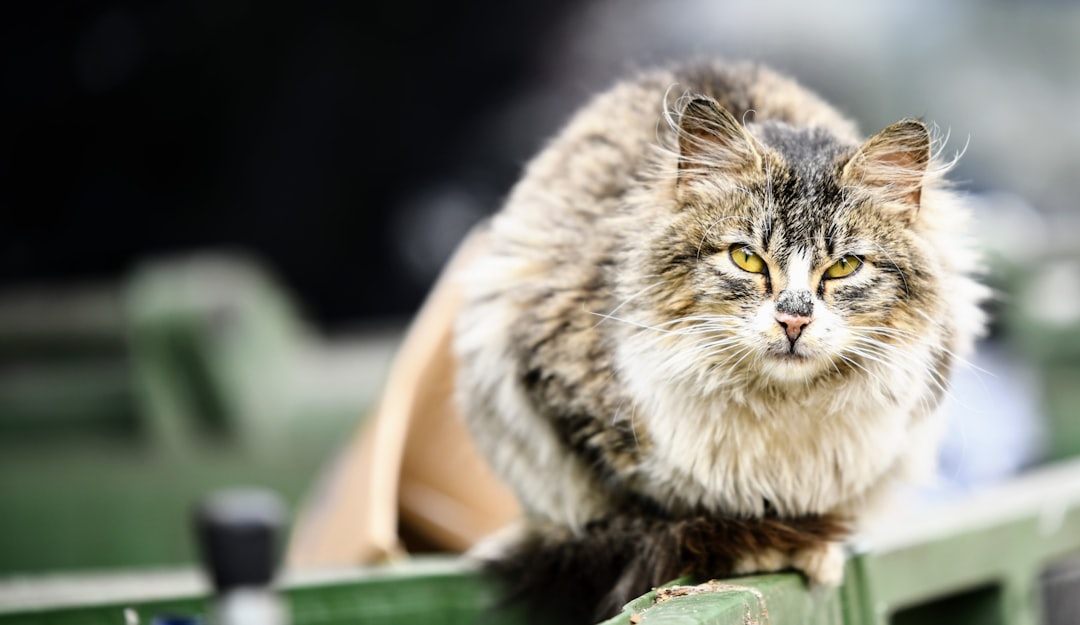
If your cat won’t stop meowing, it might just be announcing its “gourmet desires.” Here’s how you can decode this culinary communication:
- Empty Bowl S.O.S: Cats often meow when their food isn’t served promptly. Check that bowl!
- Thirst Quenchers: Is the water dish clean and full? Cats can be picky, and if they don’t like the taste or smell, they’ll vocalize their dissatisfaction.
- Bored with the Menu: Sometimes, your feline friend craves variety. Introduce new flavors or types of food to add some pizzazz to their diet.
Quick Comparison: Signal Chart
| Behavior | Meowing Frequency | Possible Solution |
|---|---|---|
| Empty Food Bowl | High | Refill and feed |
| Low Water Supply | Moderate to High | Freshen up the water regularly |
| Repetitive Meows | Continuous | Experiment with different diets |
In essence, if your cat won’t stop meowing, hunger or thirst could be the main culprits. A little attention to those basic needs can go a long way in ensuring peace (and quiet) in your home!
Seeking Attention: Why Your Cat Craves Interaction
Let’s face it—cats are social butterflies in their own quirky way. They may act aloof, but when your cat won’t stop meowing, it’s often their not-so-subtle way of demanding your attention! Here are some reasons behind your feline’s vocal crusade:
- Loneliness: Cats thrive on companionship. If you’re away, your kitty may feel neglected.
- Playtime Enthusiasm: Your playful cat just might be asking you to join in on the fun. Remember, a cat’s life is filled with countless adventures waiting to be explored!
- Affectionate Needs: Sometimes, your cat meows simply because it seeks those scritches and cuddles that only you can provide.
Tactics to Tackle the Meowing:
- Playtime: Dedicate some time to engage your cat in interactive play. A few minutes with a toy can work wonders.
- Quality Time: Sit with your kitty and let it bask in your presence. This simple act can ease the meowing frenzy.
- Routine: Cats thrive on predictability. Maintaining a consistent schedule can ease their need for attention.
When your cat won’t stop meowing, it’s crucial to recognize their need for connection. So, embrace that purring ball of fur and bond away!
Health Issues That Cause Increased Vocalization
When your cat won’t stop meowing, it might be more than just a chatty personality; underlying health issues could be the culprit. Cats, being the masters of disguise, often keep their discomfort under wraps, making vocalization their only cry for help. Here’s a quick rundown of health-related reasons:
- Dental Problems: Pain in their mouth can lead to excessive meowing as they try to express their discomfort.
- Hyperthyroidism: This common condition in older cats can cause increased meowing, along with weight loss and increased appetite.
- Cognitive Dysfunction Syndrome (CDS): Just like humans, cats can face age-related mental decline, causing confusion and more vocalization.
- Pain or Injury: If your cat suffered an injury, they might use meowing to signal distress.
Quick Comparison:
| Health Issue | Symptoms | Meowing Behavior |
|---|---|---|
| Dental Problems | Bad breath, drooling | Frequent, pained meows |
| Hyperthyroidism | Weight loss, increased thirst | Persistent meowing |
| Cognitive Dysfunction | Disorientation, sleeping changes | Repetitive vocalization |
| Pain/Injury | Lethargy, grooming avoidance | High-pitched cries |
If your cat won’t stop meowing and you suspect a health issue, a trip to the vet might just be what the doctor ordered!
Health Issues That Cause Increased Vocalization
If your cat won’t stop meowing, it might be trying to tell you something more than just “I’m hungry!” While the reasons can vary, some health issues could be at play. Here are a few conditions worth checking out:
- Hyperthyroidism: This common condition in older cats increases their metabolism and can lead to excessive meowing.
- Pain or Discomfort: Whether it’s arthritis or a dental problem, a cat in pain often meows more than usual.
- Cognitive Dysfunction Syndrome (CDS): Just like humans, cats can suffer from dementia. Increased vocalization can be a symptom.
Comparison Table of Health Issues and Symptoms:
| Health Issue | Key Symptoms |
|---|---|
| Hyperthyroidism | Increased appetite, weight loss, excessive meowing |
| Pain | Vocalization, hiding, reduced activity |
| Cognitive Dysfunction Syndrome | Disorientation, increased meowing at night |
So, if your cat won’t stop meowing, don’t just brush it off as attention-seeking behavior. A quick visit to the vet can rule out any serious health concerns. After all, the only thing you want your cat to be vocal about is how much they love you!
The Role of Environment in Cat Meowing
A cat’s environment holds the key to its happiness—or in some cases, its incessant meowing. If you find yourself wondering why your cat won’t stop meowing, the environment might just be the culprit. Here are pivotal factors to consider:
- Noise Levels: Cats can be sensitive to sounds. If you live in a bustling area or have loud appliances, your feline friend may feel stressed and vocalize their discomfort.
- Space: Cats thrive in cozy, safe spaces. If they feel cramped or lack a personal retreat, expect to hear more complaints through meows.
- Lack of Stimulation: Boredom leads to vocal outbursts. Provide toys and climbing structures to satisfy their inner jaguar. Here’s a quick comparison:
| Environment Factor | Stress Level | Meowing Frequency |
|---|---|---|
| Noisy Home | High | Very High |
| Limited Space | Medium | High |
| Lively Play Area | Low | Low |
In summary, a harmonious environment can significantly reduce the chances of your cat won’t stop meowing. So, give them the purr-fect living space they deserve!
Effective Remedies for Reducing Excessive Meowing
When your cat won’t stop meowing, it can feel like a never-ending concert of feline sound. However, fear not! Here are some effective remedies to help tone down your kitty’s vocal aspirations:
- Playtime: Engage your furry friend with an interactive toy. Cats thrive on stimulation, and a toy can distract them from their meowing.
- Routine Feeding: Stick to a consistent feeding schedule—your kitty’s belly will take priority over their vocal cords.
- Create a Calm Environment: Reduce noise and create cozy spots where your cat can relax.
- Ignore the Meowing: This might sound harsh, but responding to excessive meowing can reinforce the behavior.
- Health Check: If your cat won’t stop meowing despite your efforts, it may signify health issues. A vet visit could uncover underlying problems.
- Behavioral Training: Consider training sessions to foster a silent kitty. Positive reinforcement for quiet behavior works wonders!
By implementing these strategies, you can reduce the likelihood of your cat won’t stop meowing frenzy and reclaim your peace and quiet!
Effective Remedies for Reducing Excessive Meowing
If your beloved feline’s incessant communication—specifically, that moment when your cat won’t stop meowing—becomes unbearable, fear not! Here are some witty solutions to help restore your sanity:
- Regular Feeding Schedule: Stick to a routine. If your cat’s stomach is happy, it’ll be quieter!
- Interactive Playtime: Engage them with toys. A tired cat tends to meow significantly less.
- Attention and Affection: Sometimes, your cat simply wants a snuggle. Set aside time to bond.
- Environmental Enrichment: Create a cat-venture zone with climbing structures, scratching posts, and puzzle toys.
- Consult Your Vet: If excessive meowing persists, it might stem from health issues. A simple check-up could save your ear drums!
Quick Comparison: Attention-Seeking vs. Hunger
| Behavior | Your Cat Is | Action to Take |
|---|---|---|
| Meowing for food | Vocal during meals | Check food levels, feed them |
| Meowing for love | Purring and rubbing | Engage in play or cuddle time |
In summary, if your cat won’t stop meowing, a combination of attention, interaction, and proper care could bring peace back to your home.
Frequently Asked Questions
Why does my cat meow so much?
If your cat is meowing more than an enthusiastic parrot, there might be many reasons lurking behind those extra vocal cords! Cats meow to communicate their needs, express feelings, or simply to engage with you like they would their usual feline pals. Whether it’s for food, attention, or maybe a lively discussion about the important matters of life (like why the box is not their favorite spot anymore), understanding the context can help decipher their chatter.
Is my cat in pain if it’s meowing excessively?
While cats can be little drama queens, excessive meowing sometimes indicates they are having a tough time. If your normally quiet feline has suddenly turned into a meowing machine, check for potential signs of discomfort—like limping or hiding under the couch (classic ‘I’m fine’ behavior). Don’t hesitate to consult a vet if you suspect discomfort; after all, your cat deserves a pain-free life filled with purrs, not yowls!
How can I reduce my cat’s excessive meowing?
Reducing your cat’s endless serenades may require a blend of detective work and angelic patience. Start by ensuring all their needs—food, litter box, and affection—are met. Engaging them with toys, providing a comfy perch, or a cozy nap zone might just distract them from sending out their vocal distress signals. Consider creating a structured playtime schedule to keep them entertained, and in rare cases, consult a vet if the meowing continues unabated.
Do different meows mean different things?
You bet! Cats have a unique dialect that would make even polyglots scratch their heads in wonder. A soft meow might simply be a heartfelt hello, while a persistent yowl sounds more like a panic alarm. Listen closely; each meow contains non-verbal cues, like the intensity and pitch, hinting at whether they are seeking attention, feeling frisky, or protesting your absence. Tune in to your furry friend’s meows, and you might just become fluent in ‘Cat’!


